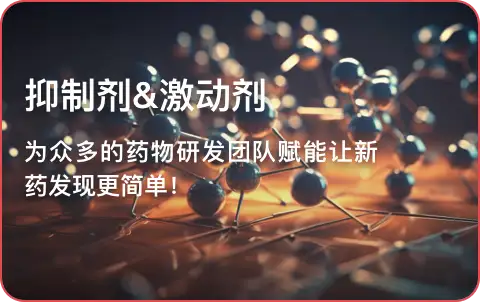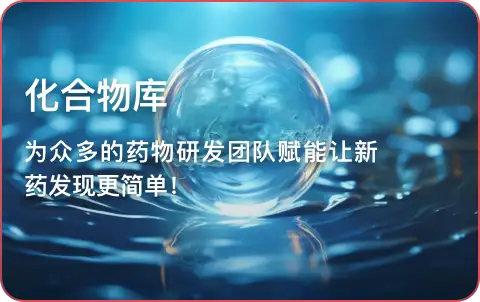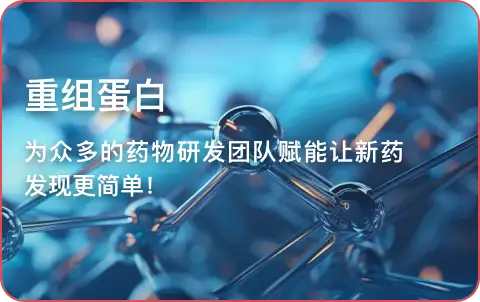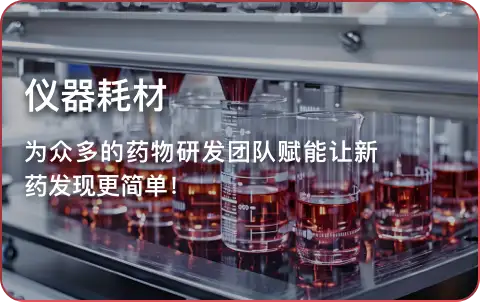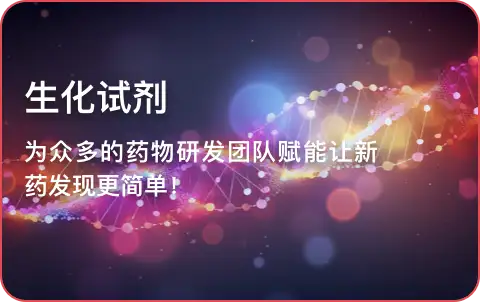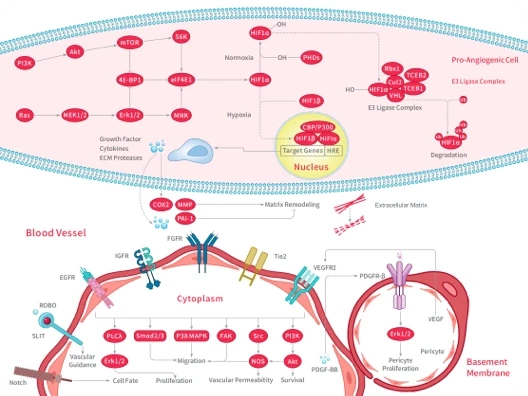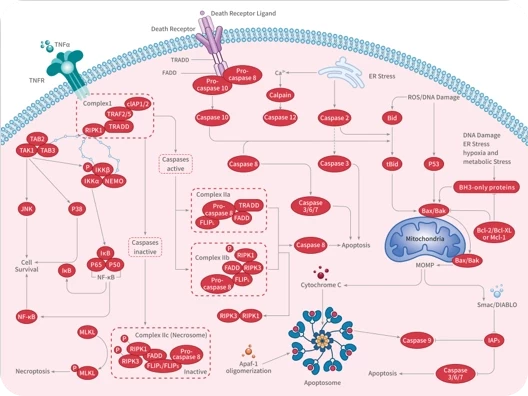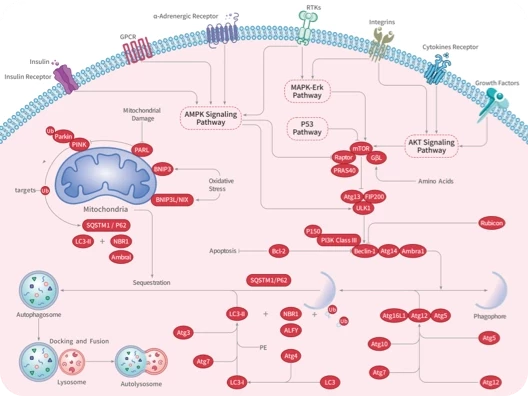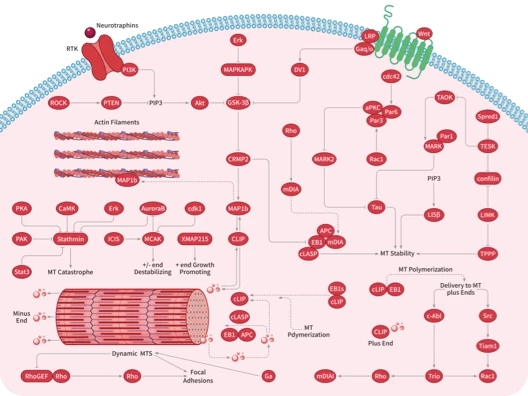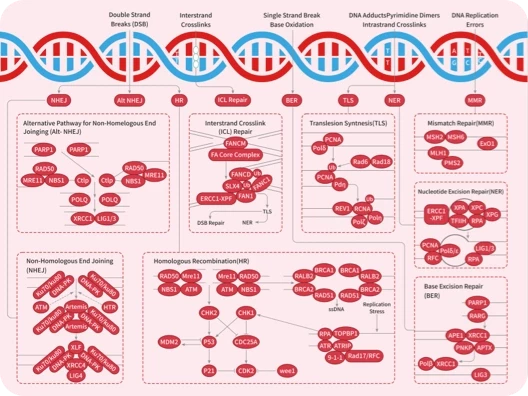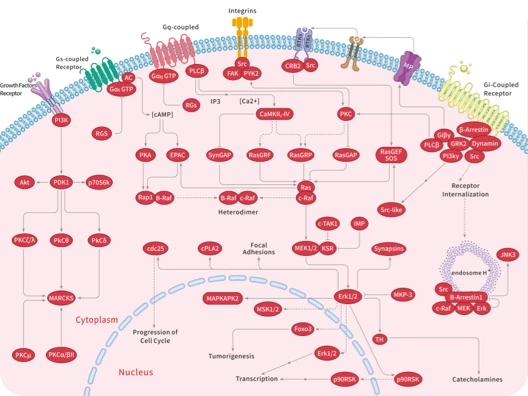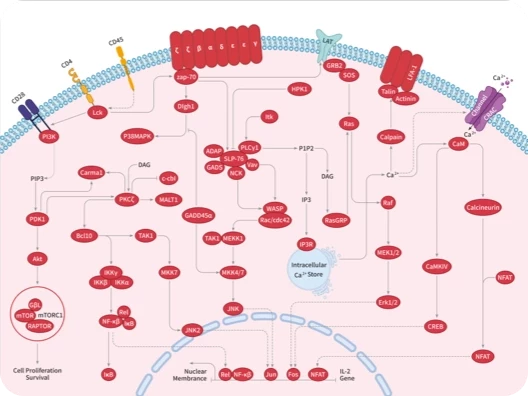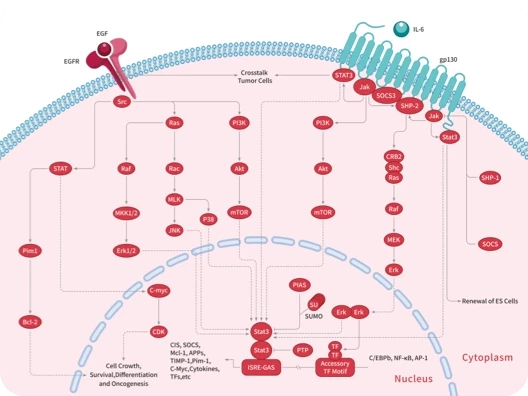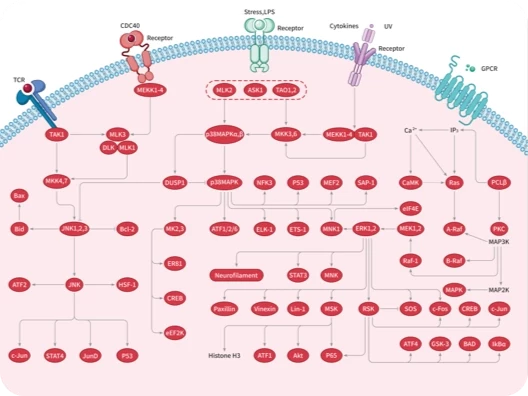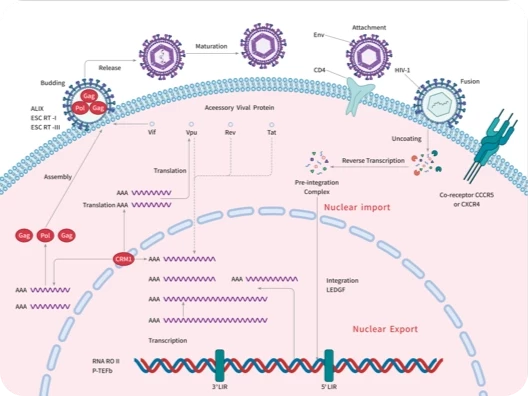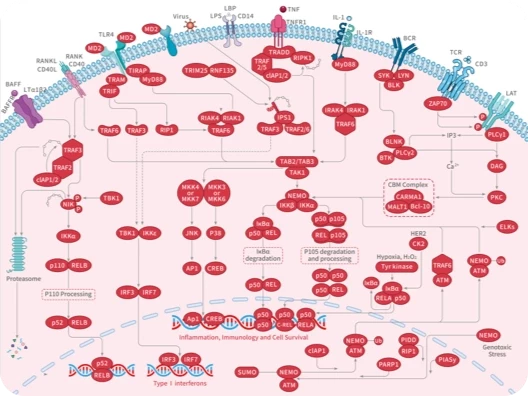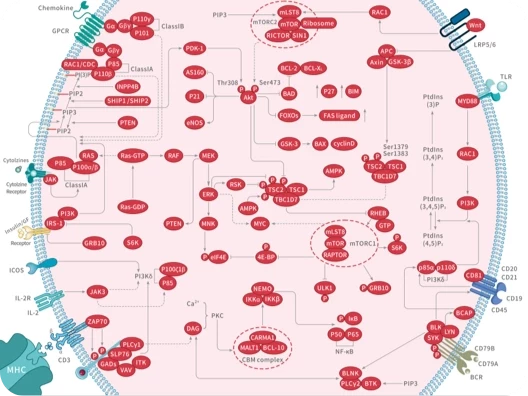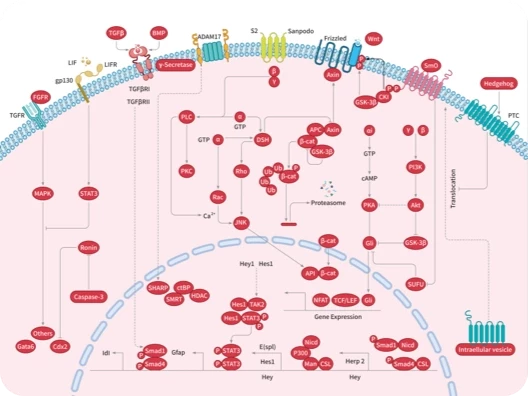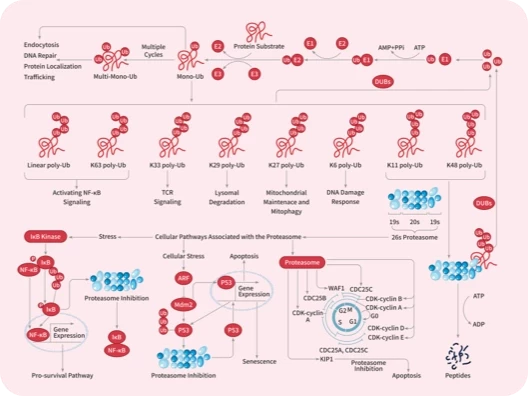- 全部删除
 您的购物车当前为空
您的购物车当前为空
Coagulation factor VII/F7 Protein, Human, Recombinant (His)
Coagulation factor VII, also known as Serum prothrombin conversion accelerator, Factor VII, F7 and FVII, is a member of the peptidase S1 family. Factor VII is one of the central proteins in the coagulation cascade. It is an enzyme of the serine protease class, and Factor VII (FVII) deficiency is the most frequent among rare congenital bleeding disorders. Factor VII contains two EGF-like domains, one Gla (gamma-carboxy-glutamate) domain and one peptidase S1 domain. The main role of factor VII is to initiate the process of coagulation in conjunction with tissue factor (TF). Tissue factor is found on the outside of blood vessels, normally not exposed to the blood stream. The action of the Factor VII is impeded by tissue factor pathway inhibitor (TFPI), which is released almost immediately after initiation of coagulation. Factor VII is vitamin K dependent and is produced in the liver. Upon vessel injury, tissue factor is exposed to the blood and circulating Factor VII. Once bound to TF, FVII is activated to FVIIa by different proteases, among which are thrombin (factor IIa), factor Xa, IXa, XIIa, and the FVIIa-TF complex itself. Recombinant activated factor VII (rFVIIa) is a haemostatic agent, which was originally developed for the treatment of haemophilia patients with inhibitors against factor FVIII or FIX. FVIIa binds specifically to endothelial protein C receptor (EPCR), a known cellular receptor for protein C and activated protein C, on the endothelium. rFVIIa is a novel hemostatic agent, originally developed for the treatment of hemorrhage in hemophiliacs with inhibitors, which has been successfully used recently in an increasing number of nonhemophilic bleeding conditions.
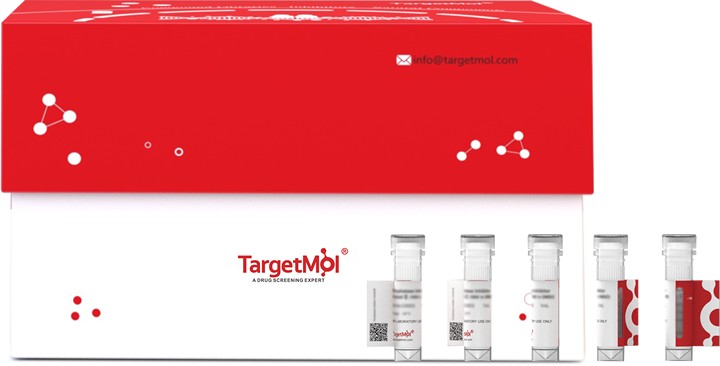
Coagulation factor VII/F7 Protein, Human, Recombinant (His)
| 规格 | 价格 | 库存 | 数量 |
|---|---|---|---|
| 20 μg | ¥ 3,820 | 5日内发货 | |
| 50 μg | ¥ 5,750 | 5日内发货 |
产品信息
| 生物活性 | Activity testing is in progress. It is theoretically active, but we cannot guarantee it. If you require protein activity, we recommend choosing the eukaryotic expression version first. |
| 产品描述 | Coagulation factor VII, also known as Serum prothrombin conversion accelerator, Factor VII, F7 and FVII, is a member of the peptidase S1 family. Factor VII is one of the central proteins in the coagulation cascade. It is an enzyme of the serine protease class, and Factor VII (FVII) deficiency is the most frequent among rare congenital bleeding disorders. Factor VII contains two EGF-like domains, one Gla (gamma-carboxy-glutamate) domain and one peptidase S1 domain. The main role of factor VII is to initiate the process of coagulation in conjunction with tissue factor (TF). Tissue factor is found on the outside of blood vessels, normally not exposed to the blood stream. The action of the Factor VII is impeded by tissue factor pathway inhibitor (TFPI), which is released almost immediately after initiation of coagulation. Factor VII is vitamin K dependent and is produced in the liver. Upon vessel injury, tissue factor is exposed to the blood and circulating Factor VII. Once bound to TF, FVII is activated to FVIIa by different proteases, among which are thrombin (factor IIa), factor Xa, IXa, XIIa, and the FVIIa-TF complex itself. Recombinant activated factor VII (rFVIIa) is a haemostatic agent, which was originally developed for the treatment of haemophilia patients with inhibitors against factor FVIII or FIX. FVIIa binds specifically to endothelial protein C receptor (EPCR), a known cellular receptor for protein C and activated protein C, on the endothelium. rFVIIa is a novel hemostatic agent, originally developed for the treatment of hemorrhage in hemophiliacs with inhibitors, which has been successfully used recently in an increasing number of nonhemophilic bleeding conditions. |
| 种属 | Human |
| 表达系统 | HEK293 Cells |
| 标签 | C-His |
| 蛋白编号 | P08709-2 |
| 别名 | SPCA,coagulation factor VII (serum prothrombin conversion accelerator),Coagulation factor VII,Coagulation factor 7 |
| 蛋白构建 | A DNA sequence encoding the human F7 isoform B (P08709-2) (Met 1-Pro 444) was expressed, fused with a polyhistidine tag at the C-terminus. Predicted N terminal: Ala 39 |
| 蛋白纯度 | > 95 % as determined by SDS-PAGE |
| 分子量 | 46.5 kDa (predicted); 50 kDa (reducing conditions) |
| 内毒素 | < 1.0 EU/μg of the protein as determined by the LAL method. |
| 缓冲液 | Lyophilized from a solution filtered through a 0.22 μm filter, containing PBS, pH 7.4. Typically, a mixture containing 5% to 8% trehalose, mannitol, and 0.01% Tween 80 is incorporated as a protective agent before lyophilization. |
| 复溶方法 | A Certificate of Analysis (CoA) containing reconstitution instructions is included with the products. Please refer to the CoA for detailed information. |
| 存储 | It is recommended to store recombinant proteins at -20°C to -80°C for future use. Lyophilized powders can be stably stored for over 12 months, while liquid products can be stored for 6-12 months at -80°C. For reconstituted protein solutions, the solution can be stored at -20°C to -80°C for at least 3 months. Please avoid multiple freeze-thaw cycles and store products in aliquots. |
| 运输方式 | In general, Lyophilized powders are shipping with blue ice. |
| 研究背景 | Coagulation factor VII, also known as Serum prothrombin conversion accelerator, Factor VII, F7 and FVII, is a member of the peptidase S1 family. Factor VII is one of the central proteins in the coagulation cascade. It is an enzyme of the serine protease class, and Factor VII (FVII) deficiency is the most frequent among rare congenital bleeding disorders. Factor VII contains two EGF-like domains, one Gla (gamma-carboxy-glutamate) domain and one peptidase S1 domain. The main role of factor VII is to initiate the process of coagulation in conjunction with tissue factor (TF). Tissue factor is found on the outside of blood vessels, normally not exposed to the blood stream. The action of the Factor VII is impeded by tissue factor pathway inhibitor (TFPI), which is released almost immediately after initiation of coagulation. Factor VII is vitamin K dependent and is produced in the liver. Upon vessel injury, tissue factor is exposed to the blood and circulating Factor VII. Once bound to TF, FVII is activated to FVIIa by different proteases, among which are thrombin (factor IIa), factor Xa, IXa, XIIa, and the FVIIa-TF complex itself. Recombinant activated factor VII (rFVIIa) is a haemostatic agent, which was originally developed for the treatment of haemophilia patients with inhibitors against factor FVIII or FIX. FVIIa binds specifically to endothelial protein C receptor (EPCR), a known cellular receptor for protein C and activated protein C, on the endothelium. rFVIIa is a novel hemostatic agent, originally developed for the treatment of hemorrhage in hemophiliacs with inhibitors, which has been successfully used recently in an increasing number of nonhemophilic bleeding conditions. |



